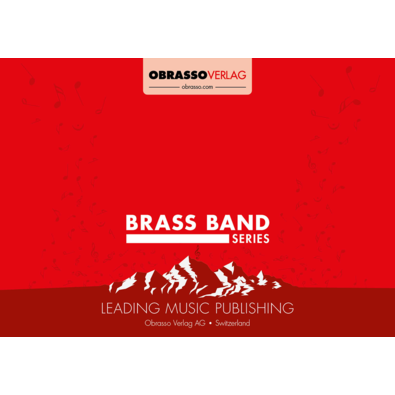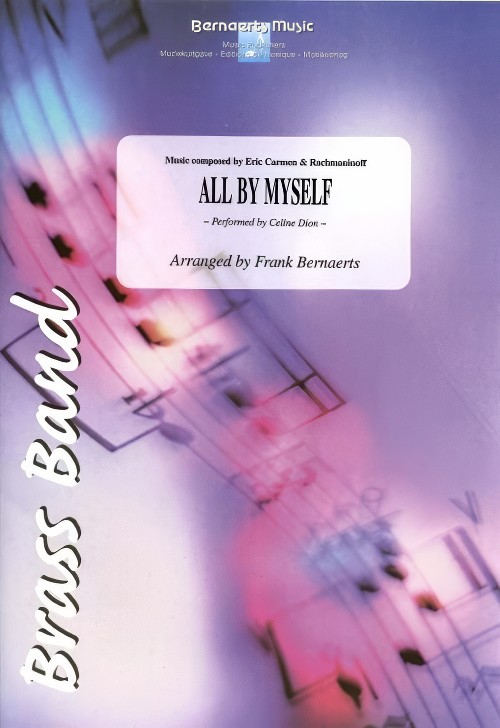We've found 24 matches for your search. Order by
Results
-
£76.00
The Mercy Of Peace - Sergei Rachmaninoff - John Glenesk Mortimer
Estimated dispatch 7-14 working days
-
 £50.90
£50.90How Fair This Place - Sergej Rachmaninoff - Sandy Smith
Estimated dispatch 5-10 working days
-
 £54.20
£54.20 -
 £50.90
£50.9018th Variation On A Theme By Paganini - Sergej Rachmaninoff - Alan Fernie
Estimated dispatch 5-10 working days
-
 £50.90
£50.90Vocalise Op. 34, No. 14 - Sergej Rachmaninoff - Sandy Smith
Estimated dispatch 5-10 working days
-
 £54.20
£54.20 -
 £53.99
£53.99All By Myself (Brass Band - Score and Parts) - Carmen & Rachmaninoff - Bernaerts, Frank
As performed by Celine Dion. Duration: 4.10
Estimated dispatch 7-14 working days
-
 £50.90
£50.9018th VARIATION (On a Theme by Paganini) (Brass Band) - Rachmaninoff, Sergei - Fernie, Alan
Medium/Easy
Estimated dispatch 7-14 working days
-
 £33.00
£33.00Adagio (Solo Cornet/Brass Band) - Rachmaninoff, Sergei
Solo Cornet with Brass Band
Estimated dispatch 7-14 working days
-
 £50.90
£50.90ITALIAN POLKA (Brass Band) - Rachmaninoff, Sergei - Kerwin, Simon
Medium
Estimated dispatch 7-14 working days
